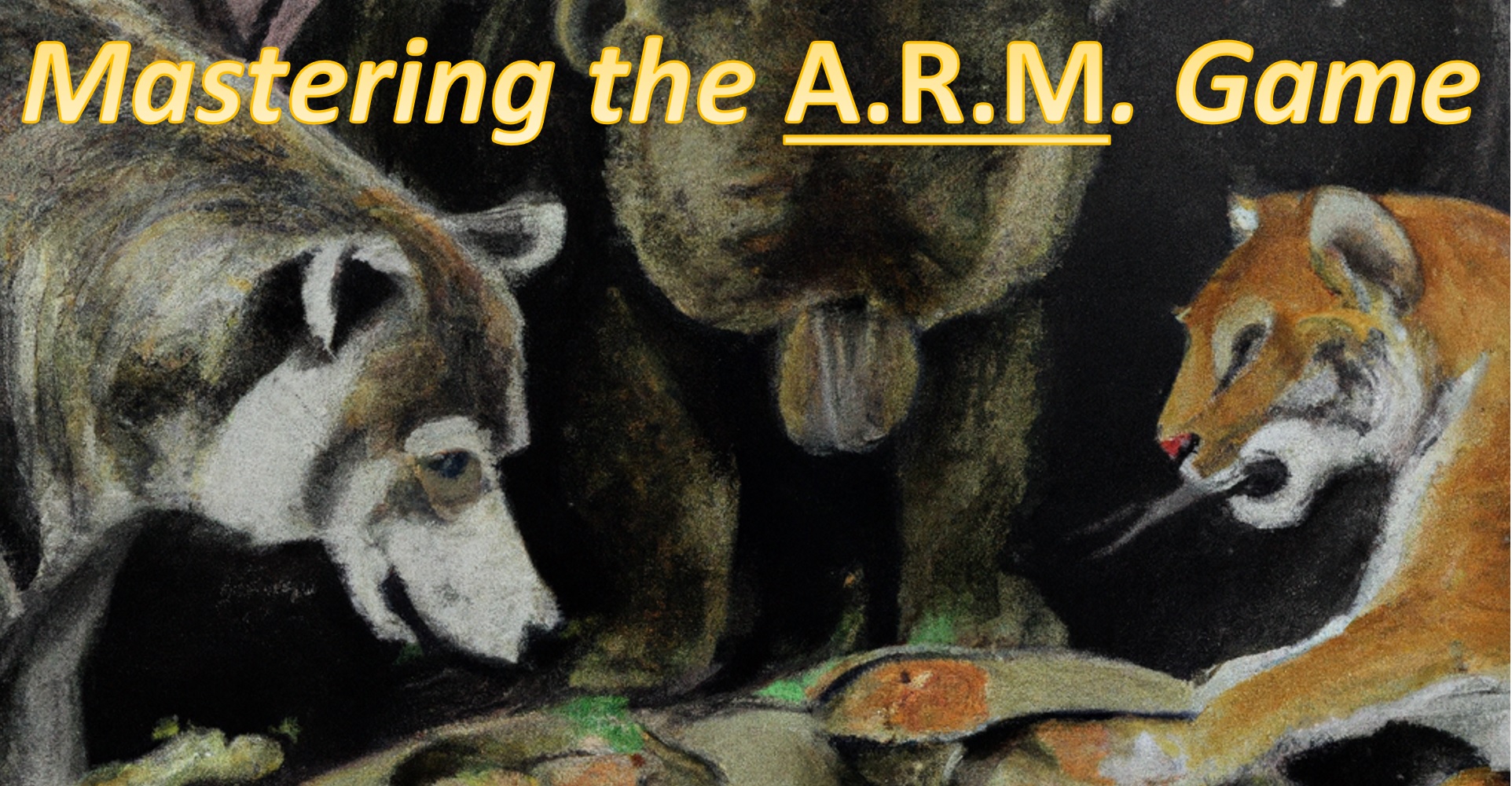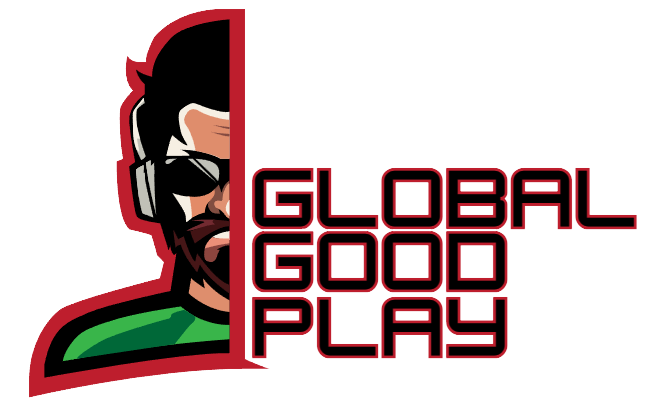
Mastering the A.R.M. Game

Mastering the ARM Game: User Acquisition, Retention, and Monetization in the Gaming Industry
In the coming few posts, am going to cover a few areas that were often discussed at GDC meetups this past March 21-24th. I must admit, Web3 & Gaming was the main topic discussed inside and after party events… equally important was the synergy between Acquisition, Retention and Monetization (ARM). I will try to touch this point in my post here >>
The gaming industry has become increasingly competitive, with a multitude of platforms and titles vying for the attention of players worldwide. Success in this realm depends on a delicate balance of user acquisition, retention, and monetization. This article will explore each of these elements and offer strategies to optimize them in the context of the gaming industry.
- User Acquisition: Attracting Players
User acquisition, the process of attracting new players to a game, is the first step in building a loyal player base. This phase is critical for generating revenue and growing the game’s community. To succeed in user acquisition, game developers should consider the following strategies:
- Targeted advertising: Utilize targeted advertising campaigns on social media, search engines, and gaming platforms to reach potential players with similar interests or demographics.
- App store optimization (ASO): Optimize your game’s presence on app stores by using relevant keywords, attractive visuals, and engaging descriptions to increase visibility and downloads.
- Influencer marketing: Partner with influencers or content creators in the gaming industry to showcase your game and reach their dedicated audience.
- Cross-promotion: Collaborate with other game developers or platforms to promote each other’s games, leveraging existing user bases for mutual benefit.
- Retention: Keeping Players Engaged
Once a player is acquired, retaining them becomes the next challenge. Retention is essential to create a stable and engaged community, ultimately leading to higher monetization. Effective retention strategies for games include:
- Compelling content: Regularly update your game with fresh content, including new levels, characters, or challenges to maintain player interest.
- Social features: Encourage social interaction within the game through features like chat, leaderboards, and cooperative gameplay, which can foster a sense of belonging and competition.
- Personalization: Cater to individual player preferences by offering customizable game settings, avatars, and other personalization options.
- Feedback and support: Provide responsive customer support and encourage feedback from players to address issues and improve the gaming experience.
- Monetization: Converting Players to Paying Customers
The final piece of the puzzle is monetization. Effective monetization strategies allow game developers to generate revenue from their user base without compromising the gaming experience. Popular monetization models in the gaming industry include:
- In-app purchases: Offer cosmetic items, power-ups, or other digital goods that players can purchase to enhance their experience.
- Advertising: Integrate non-intrusive ads within the game, such as rewarded video ads, which offer in-game rewards in exchange for watching a short video.
- Freemium model: Provide a free-to-play version of the game with limited features, while offering a premium version or subscription service for additional content or benefits.
- Partnerships and sponsorships: Collaborate with brands or other game developers to introduce sponsored content or cross-promotions within the game, generating additional revenue.
In the gaming industry, the harmonious balance of user acquisition, retention, and monetization is crucial for long-term success. By implementing targeted strategies in each of these areas, game developers can create a thriving gaming community, maintain player interest, and generate sustainable revenue.
